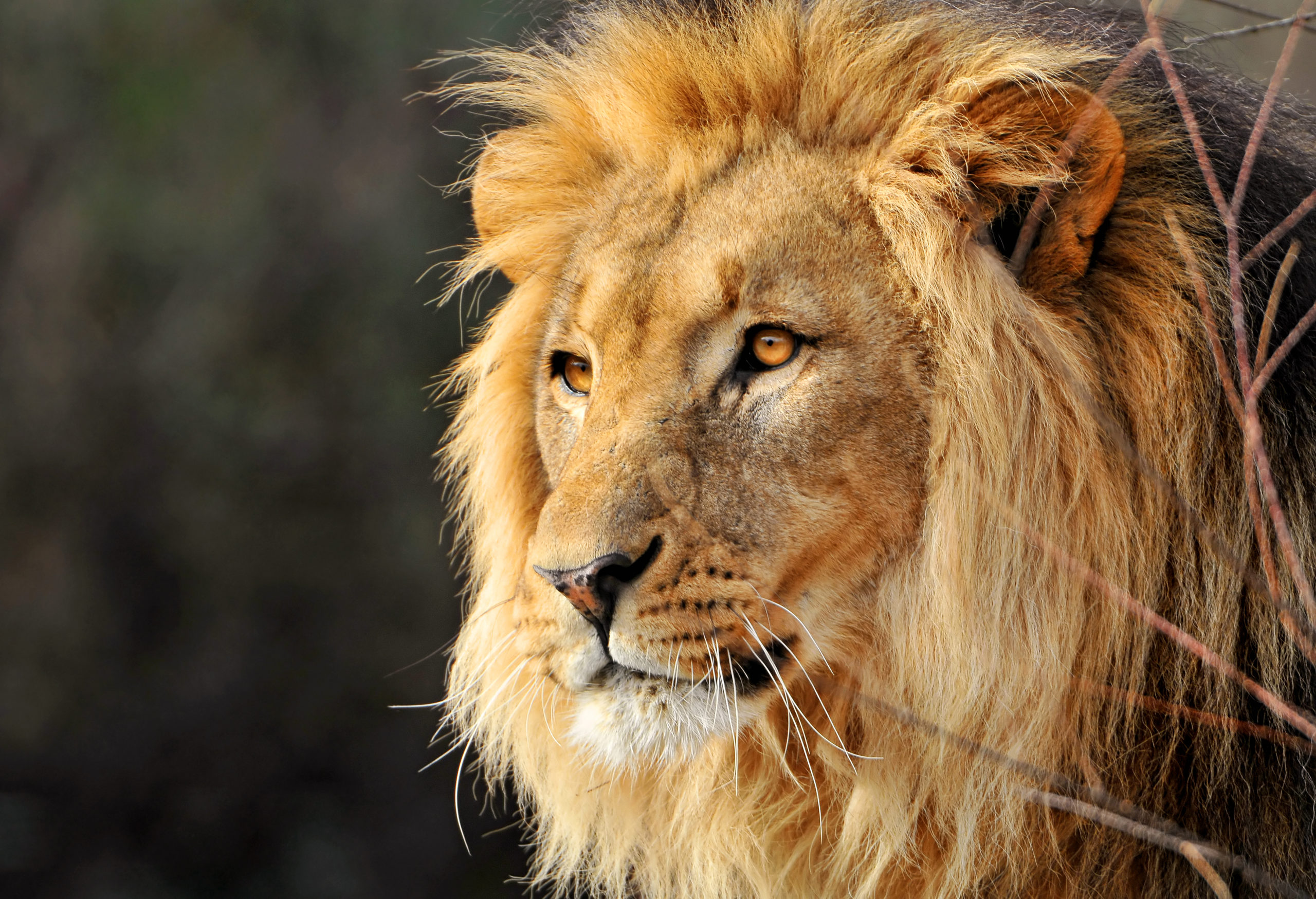Translated from the September 5, 2020, issue of the Seikyo Shimbun, the Soka Gakkai’s daily newspaper.
At present, Soka youth across the globe are making a fresh start, their hearts buoyed by new songs.
Unconstrained by convention or past ways of doing things, bright young minds can blaze new trails forward, chart new ground, through freely and open-heartedly tapping their ingenuity and creativity.
Looking back, the outdoor youth training course that we held in Hikawa, on the western edge of Tokyo in September 1954, was also a first—something new and innovative.
Even now, with deep nostalgia, I can hear all of us singing Soka Gakkai songs as we sat around the campfire with second Soka Gakkai President Josei Toda.
Today, Hikawa, deeply imbued with memories of mentor and disciple, is the site of our Hikawa Tokyo Youth Training Center. I remember a visit I made in September 1995, a quarter of a century ago, just after the center had undergone a major renovation. I held an informal discussion with local members of Ome General Ward (which encompasses Hikawa) and other parts of Tokyo No. 2 Area, lauding them for their dedicated efforts.
When I asked if there was a special product their area was famous for, there was a brief hesitant pause before someone finally said: “Delicious konnyaku!”[1] Everyone burst into laughter [at the mention of this traditional yet humble food].
“Let’s make it a place famous for daimoku [chanting Nam-myoho-renge-kyo]!” I suggested. “Let’s create an ideal realm of kosen-rufu here!”
From that time on, putting prayer first, they have contributed to their communities, promoted trust for our movement, fostered capable individuals and worked together harmoniously for the prosperity of their home region.
Nichiren Daishonin writes: “Nam-myoho-renge-kyo is like the roar of a lion. What sickness can therefore be an obstacle?” (“Reply to Kyo’o,” The Writings of Nichiren Daishonin, vol. 1, p. 412).
Those who consistently chant Nam-myoho-renge-kyo are never defeated. Members throughout Japan and the world are demonstrating the tremendous beneficial power of the Mystic Law. Chanting Nam-myoho-renge-kyo is a source of limitless hope.
The motto of our women’s division members in Brazil is “Muito mais daimoku!” (“More daimoku!”). They have triumphed over all obstacles with prayer powered by the determination to make the impossible possible.
In the midst of the Covid-19 pandemic, our members around the globe, with our dauntless women’s division members in the forefront, have been chanting even more strongly—their combined chanting reaching truly astronomical proportions. The incredible benefit flowing therefrom is sure to enfold and positively impact all humankind on a broad and deep level.
In September 1956, just after the Osaka Campaign[2] in which we achieved the seemingly impossible, Mr. Toda called upon me to initiate a new campaign for kosen-rufu that would pave the way to creating a turning point in the Soka Gakkai’s development. I immediately assured him I would. And with that perfect resonance of mentor and disciple, the historic Yamaguchi Campaign[3] began.
Today, the youth who share my spirit as their own are engaged in a stirring pioneering effort for worldwide kosen-rufu.
In “Great Evil and Great Good,” Nichiren Daishonin declares: “When Bodhisattva Superior Practices [the leader of the Bodhisattvas of the Earth] emerged from the earth, did he not emerge dancing?” (WND-1, 1119).
Our network of young Bodhisattvas of the Earth—dancing vibrantly on the stage of global society—has the courage to dispel all anxiety, the united commitment to leave no one behind and the resilience to overcome all hardships and open the way to a brighter future.
With the lion’s roar of our daimoku as the Soka family resounding ever more powerfully, let’s make the upcoming World Youth General Meeting (on September 27) shine as a turning point of great hope in the 21st century!
I am praying fervently for the safety of all, in particular those of Okinawa, the Amami islands, Kyushu and Korea, as warnings related to Typhoon No. 10 (Typhoon Haishen) grow more urgent.
References
- Konnyaku: Also, konjac. A gelatinous food product made from the root of the konnyaku plant. It is usually a speckled gray color and has a somewhat rubbery consistency. ↩︎
- Osaka Campaign: In May 1956, the Kansai members, uniting around a young Daisaku Ikeda, who had been dispatched by second Soka Gakkai president Josei Toda to support them, introduced 11,111 households to the practice of Nichiren Buddhism in a single month. In elections held two months later in July, the Soka Gakkai–backed candidate in Kansai won a seat in the Upper House, an accomplishment that was thought all but impossible at the time. ↩︎
- Yamaguchi Campaign: A propagation campaign that unfolded over a three-month period spanning October and November 1956 and January 1957. On the instructions of President Toda, a young Daisaku Ikeda traveled to Yamaguchi Prefecture and launched an unprecedented effort to open the way for the development of the kosen-rufu movement there. At the end of September 1956, just before the campaign was launched, the Soka Gakkai had a membership of 459 households in Yamaguchi. By the end of January 1957, the number had increased almost tenfold to 4,073 households. ↩︎
You are reading {{ meterCount }} of {{ meterMax }} free premium articles

